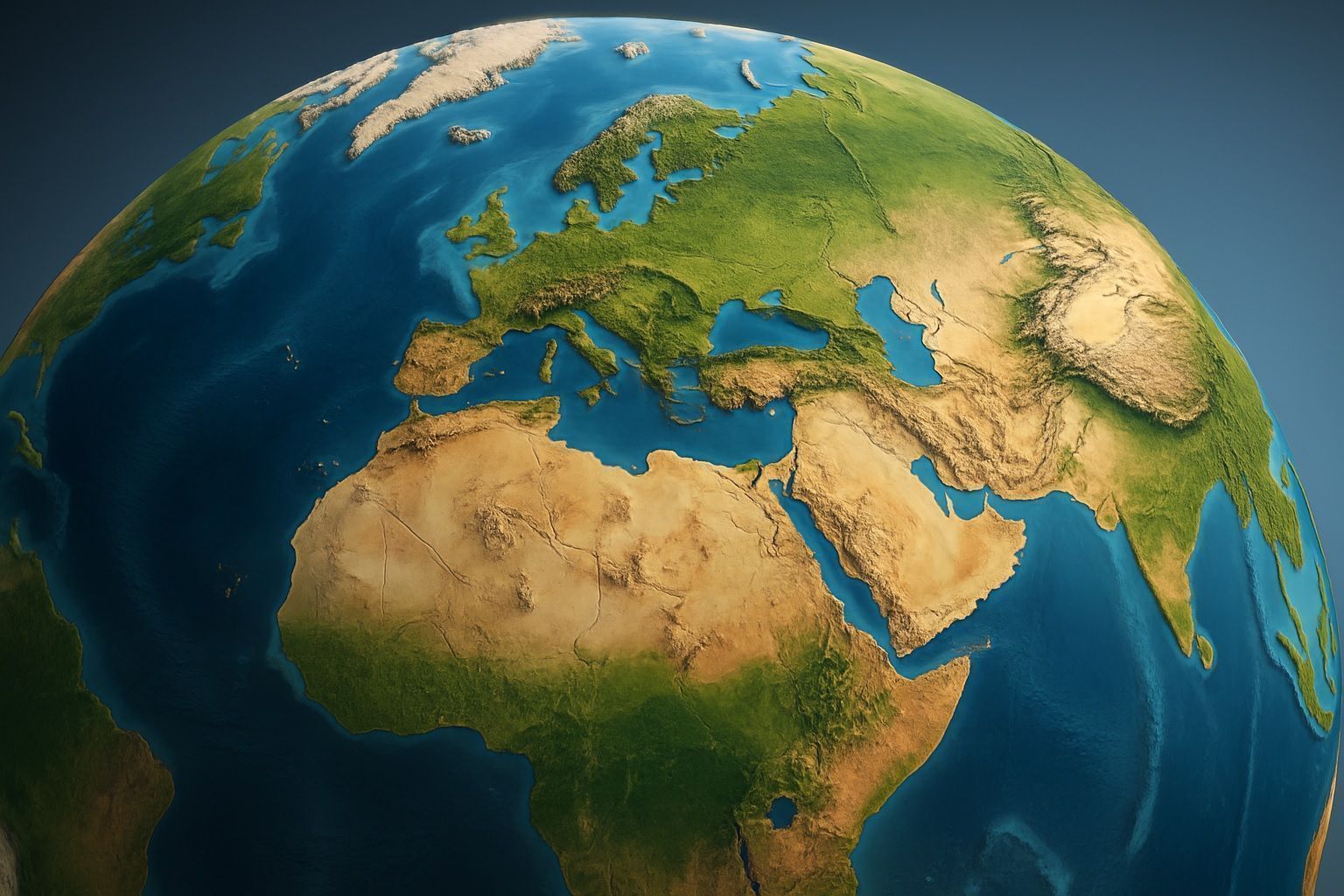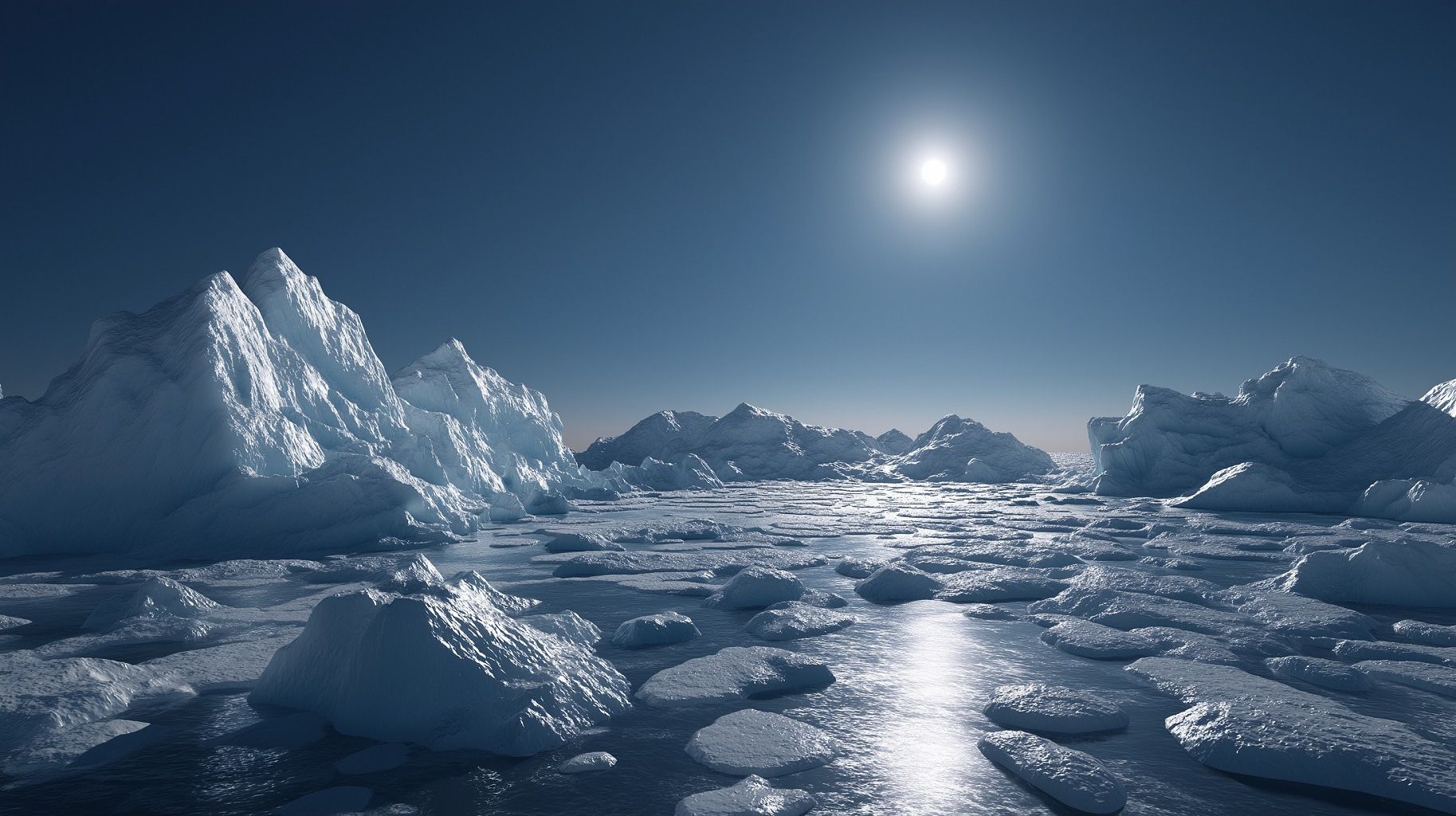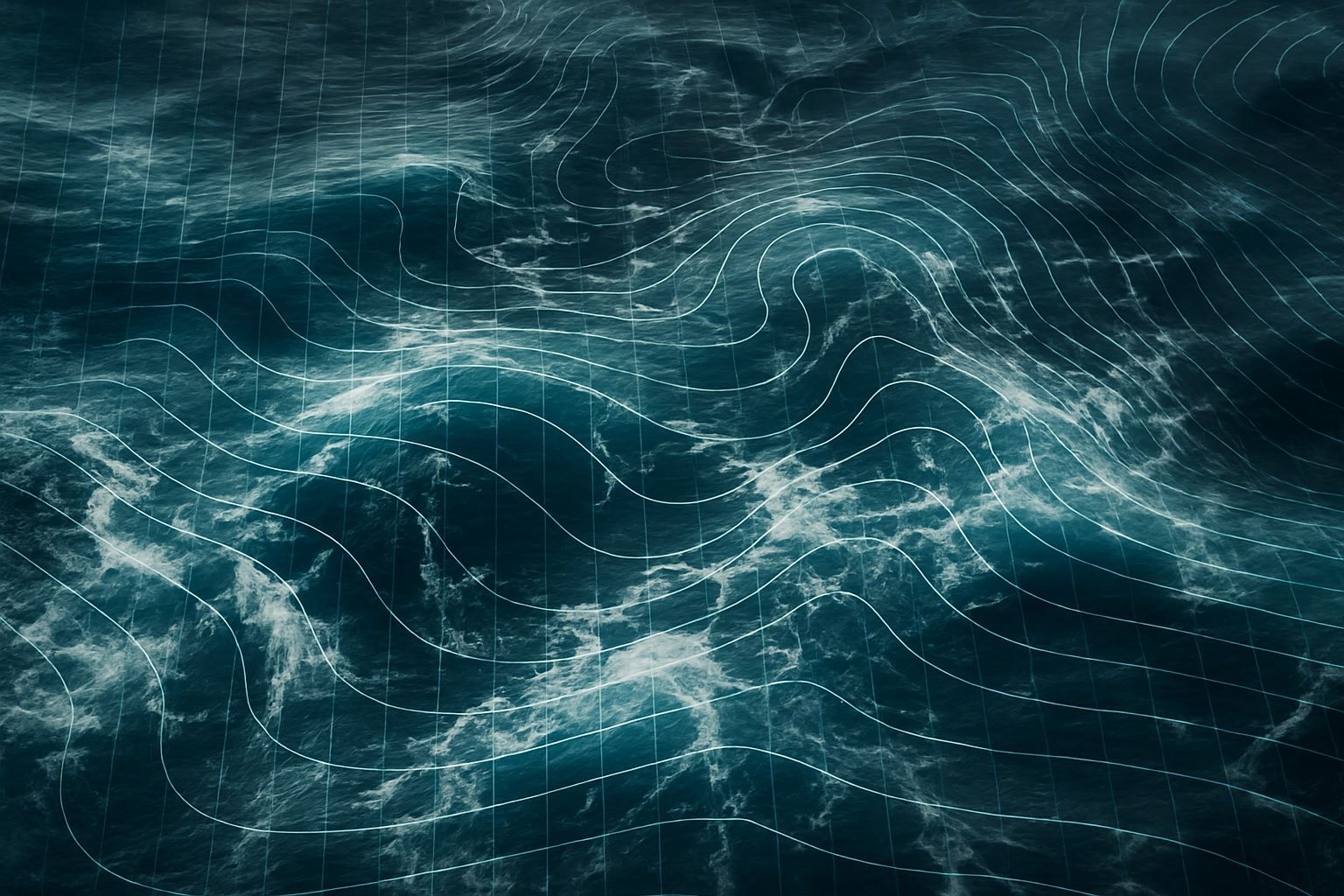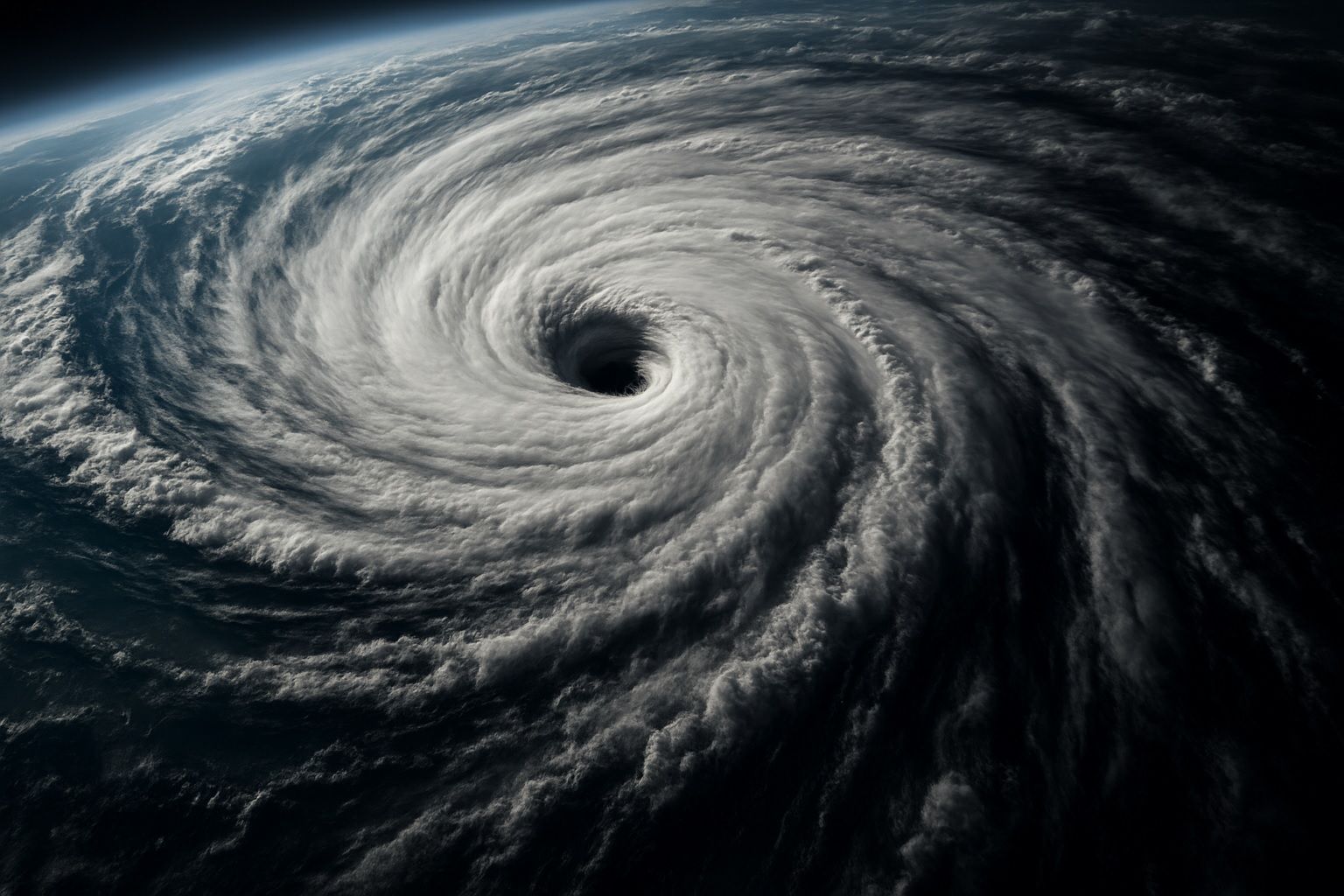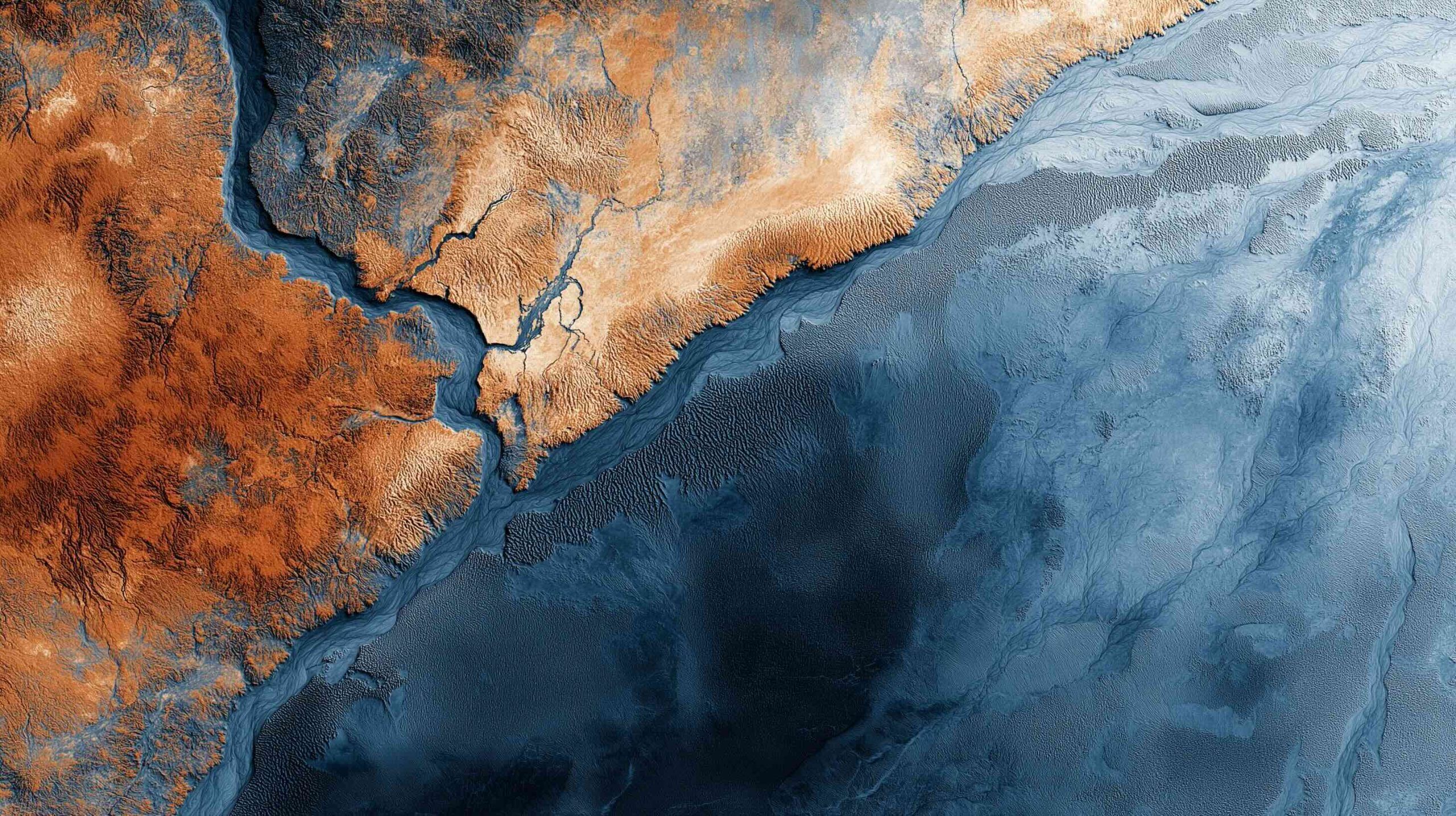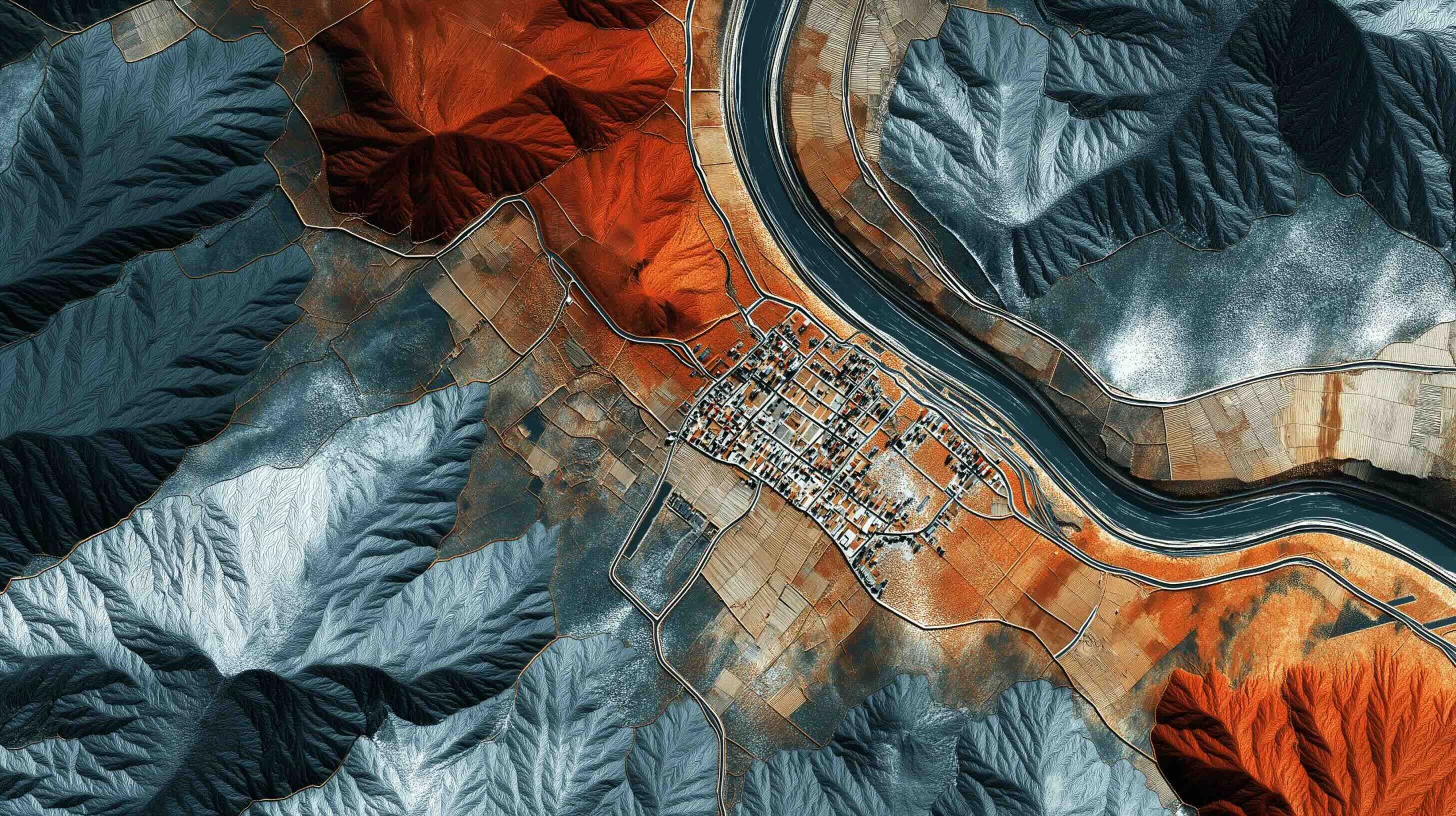
See Your House from Space? Inside the World of Live Satellite Maps and Weather from Orbit
Google Earth was downloaded over one billion times in its first six years. Google Earth’s Time Machine covers 1984 to 2022 in a 4D interactive map built from millions of satellite photos. The Landsat program began in 1972 and offers


